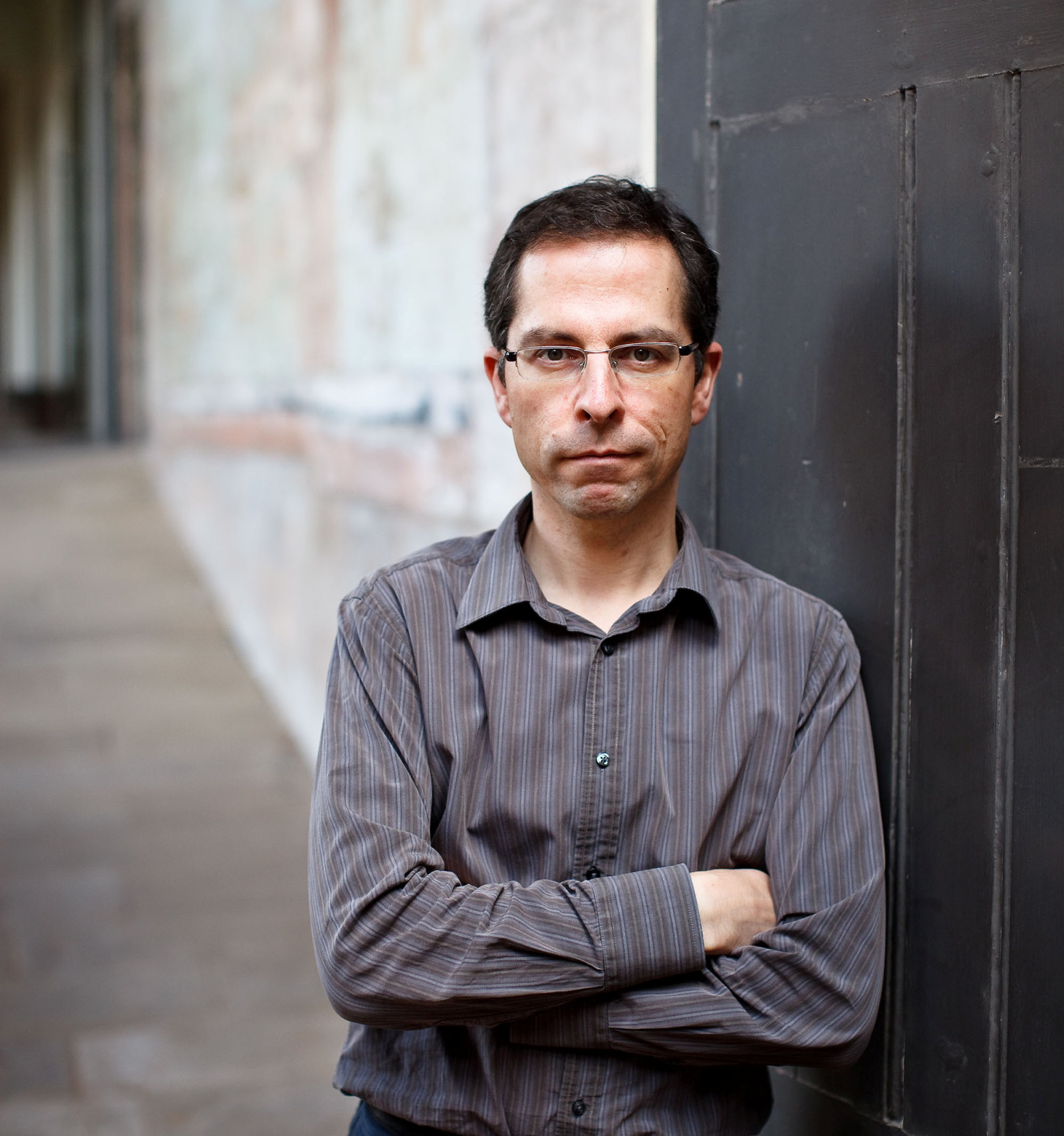A Little archive that tells a big story
The donation of an archive of material related to the career of interior designer Barry Little enriches our understanding of Australian design and style in the second half of the 20th century.
In the 1960s and 70s, Sydney’s leading interior designers were household names, their opinions on design sought after by the media, their photos appearing regularly in the social pages. Prominent among them was Barry Little (1930–2019). Although he became better known as the husband of the late livewire television personality Jeanne Little OAM, Barry enjoyed a successful career as an interior designer and was a guiding figure in the profession, serving as president of the Society of Interior Designers of Australia (SIDA) for five years between 1971 and 1976.
Looking east
Little’s stylish and liveable interior design schemes typically combined modern furnishings with genuine antiques from East and South-East Asia. A regular visitor to Japan, Thailand, the Philippines and Hong Kong, Little declared that he had an ‘affinity with the East’.1 He admired Japanese homes, saying:
I think we need the serenity that their houses have. A calm background which still has the stimulation of colour seems right for Australia.2
He described East Asian art as ‘pure’ and ‘timeless’, and ‘the ultimate as far as line and colour go’.3
The advent of the swinging 60s with its flamboyant new styles helped to make the average Australian home more colourful, but popular home magazines of the time still looked towards Europe and North America for most ideas on interior furnishings. Little’s use of East and South-East Asian furnishings and artefacts challenged notions of taste in Australia in this period. His views and photographs of his interiors started to appear in the press, offering an alternative vision for Australian homes that was ahead of its time.
Little had been introduced to East Asian art in the 1950s by one of his first employers, interior designer Stuart Low. After Low died in 1962, Little acquired the firm Stuart-Low Furniture Studios, and continued to operate it from the St James Building on Elizabeth Street in Sydney until around 1970. He then moved the business to the site of an old shop in Paddington, where he converted the ground floor into a showroom and office and the first floor into private living quarters. At the height of the business’s success, Little employed about eight staff.
Design begins at home
Little used his own homes as a major vehicle to convey his ideas on interior design, and they were featured in newspaper and magazine articles. He thought furniture should be versatile and that colour contrasts in a room should be subtle and carefully chosen: ‘If I use brown, I would put yellow with it and other colours in the same tone’, he explained.
However, I do like a discord. A room needs a discordant colour to bring it to life. It points up the other colours.4
Photographs and scrapbook cuttings of Little’s own home interiors make up an important element of the archive, donated to the Caroline Simpson Library & Research Collection by Barry and Jeanne’s daughter, Katie Little. The material joins other important CSL&RC interior design archives such as those of Marion Hall Best, Leslie Walford, SIDA and a recent donation from David Lorimer, one of the partners of Sydney-based Décor Associates. Together, this material helps to illuminate a wide variety of interior design and decoration practice in Australia in the second half of the 20th century.
Notes
- Alan Mackenzie, ‘It’s the Little touches that count’, no date, Barry Little scrapbook, 1968–77.
- Babette Hayes and April Hersey, Australian style, Hamlyn, London, 1970, p139.
- Mackenzie, op cit.
- Ibid.
Published on
Related
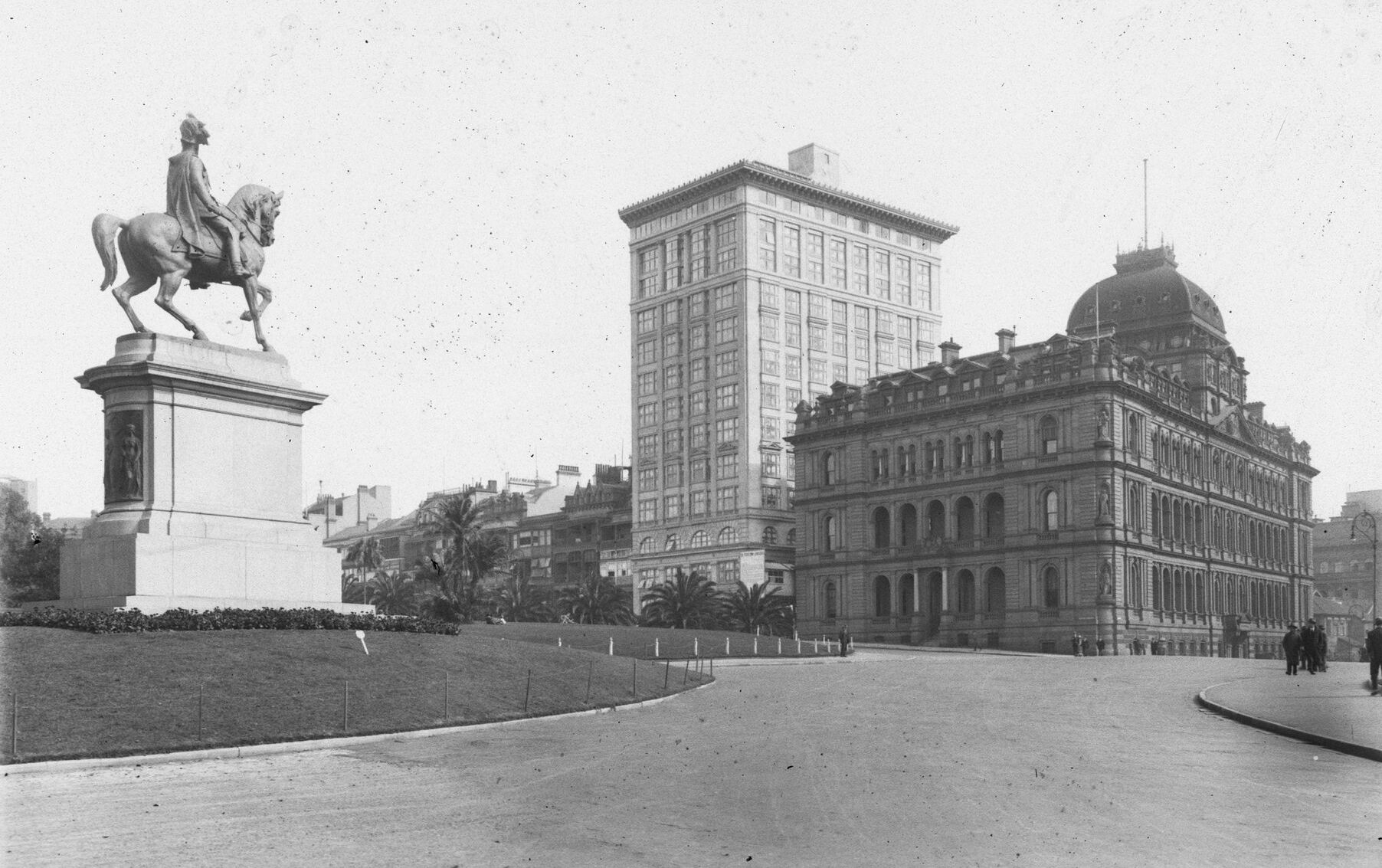
The Astor, 1923–2023
Upon completion in 1923, The Astor in Sydney's Macquarie Stree twas the largest reinforced concrete building in Australia, the tallest residential block, and this country’s first company title residences
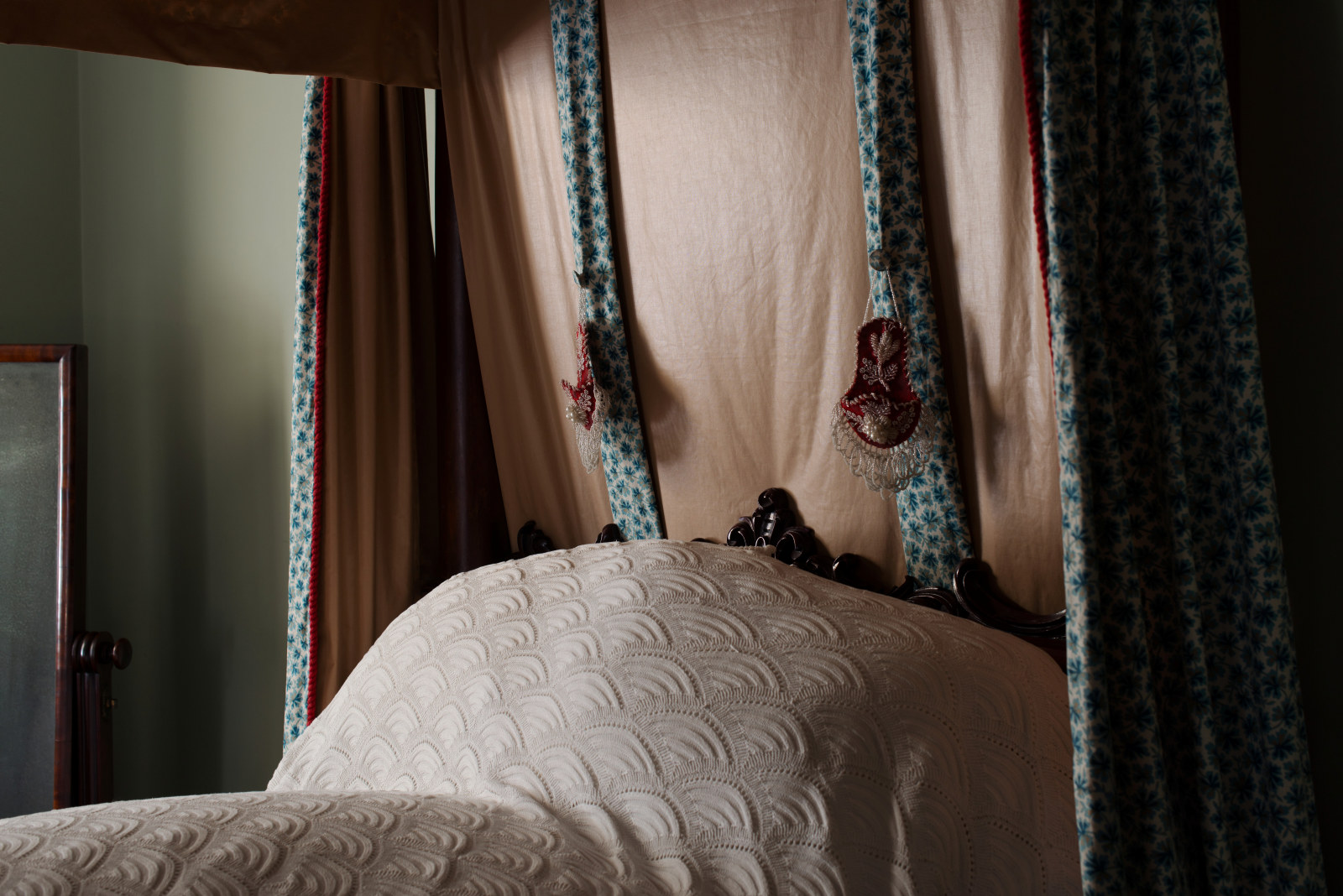
Watch pockets
Watch pockets hung on the head cloth of a four-post bedstead and originally served in place of bedside tables, which were uncommon in the 19th century
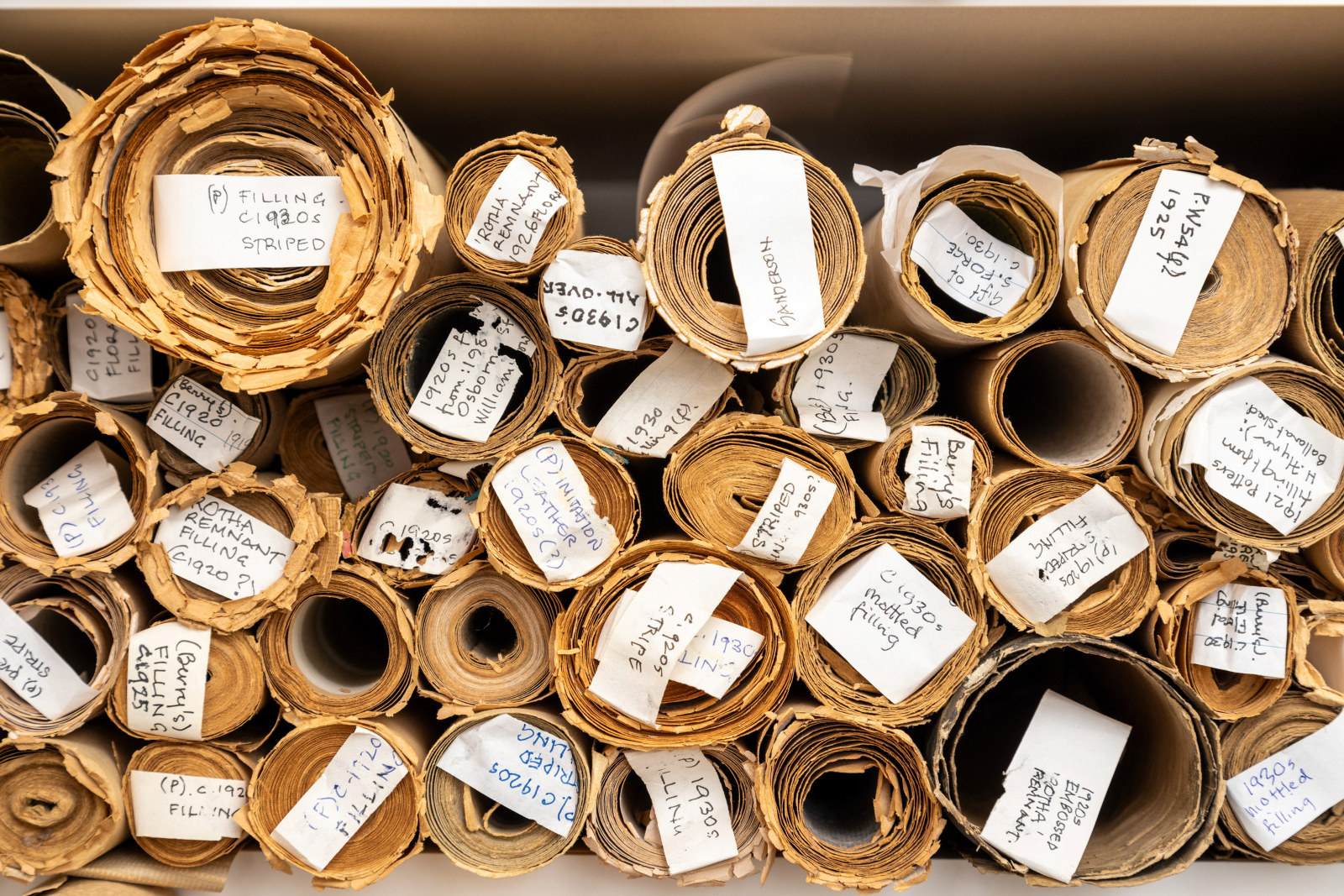
Wall to wall: a marvellous wallpaper collection
A remarkable donation of over 3000 wallpaper samples by John and Phyllis Murphy adds to our existing collection to form Australia’s largest repository of historic wallpapers
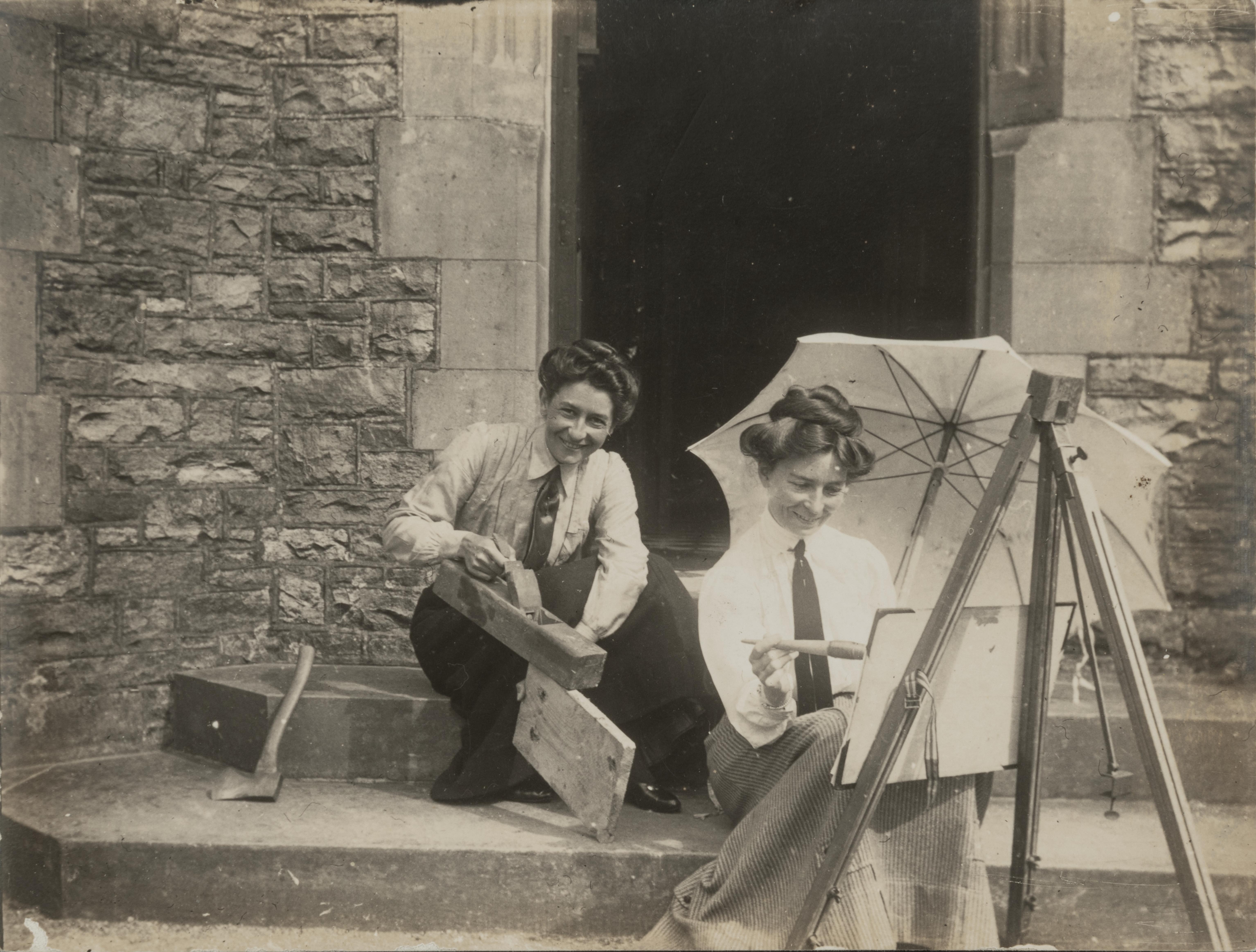
Queering the Interior: London, New York, Sydney, 1882–1929
Design practices of five figures from queer history: Irish playwright and poet Oscar Wilde, American actress and interior designer Elsie de Wolfe, and Australian artists Eirene Mort, Roy de Maistre and Adrian Feint (1894–1971)
